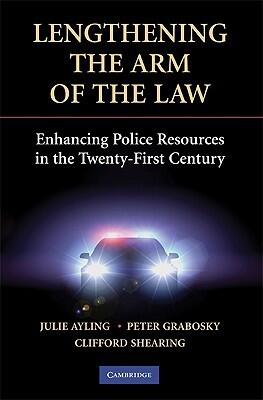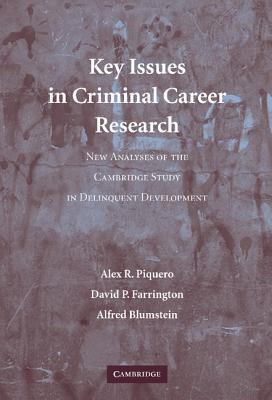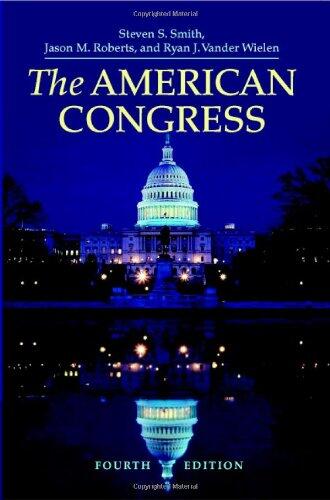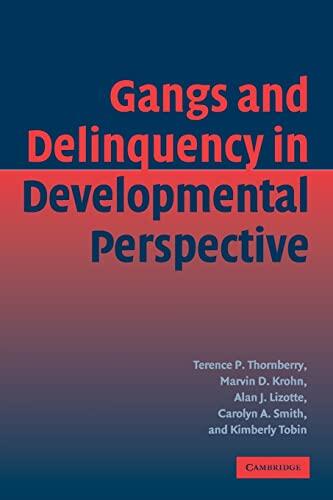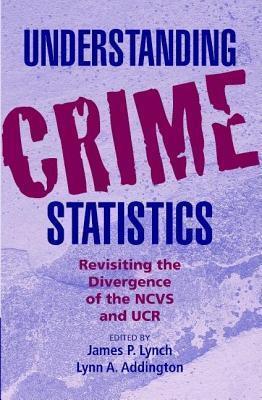
Understanding Crime Statistics: Revisiting the Divergence of the Ncvs and Ucr
还没有评分
Mystery
Science & Technology
History
格式
电子书
页数
340
语言
英语
已发布
Apr 8, 2010
出版商
Cambridge University Press
ISBN-10
128075060X
ISBN-13
9781280750601
描述
In "Understanding Crime Statistics," the authors delve into the complexities surrounding crime data collection and interpretation. They meticulously analyze the National Crime Victimization Survey (NCVS) and the Uniform Crime Reporting program (UCR), two pivotal sources of crime statistics in the United States. By revisiting the differences and methodologies of these systems, they shed light on the challenges that arise when interpreting crime trends and patterns.
The authors, drawing on extensive research and insights from experts in the field, explore how perceptions of crime can shift dramatically based on the statistics one examines. They consider how various factors, such as reporting practices and societal influences, contribute to the disparity between victim reports and officially recorded crime rates. Readers are encouraged to critically engage with the data and consider the broader implications these statistics have on policy and public perception.
Through its analytical approach, the book aims to empower scholars, practitioners, and policymakers with a clearer understanding of the nuances in crime data. Lynch, Addington, Blumstein, and Farrington provide a comprehensive examination that highlights the importance of context when evaluating crime statistics, ultimately fostering more informed discussions about public safety and justice.
The authors, drawing on extensive research and insights from experts in the field, explore how perceptions of crime can shift dramatically based on the statistics one examines. They consider how various factors, such as reporting practices and societal influences, contribute to the disparity between victim reports and officially recorded crime rates. Readers are encouraged to critically engage with the data and consider the broader implications these statistics have on policy and public perception.
Through its analytical approach, the book aims to empower scholars, practitioners, and policymakers with a clearer understanding of the nuances in crime data. Lynch, Addington, Blumstein, and Farrington provide a comprehensive examination that highlights the importance of context when evaluating crime statistics, ultimately fostering more informed discussions about public safety and justice.




